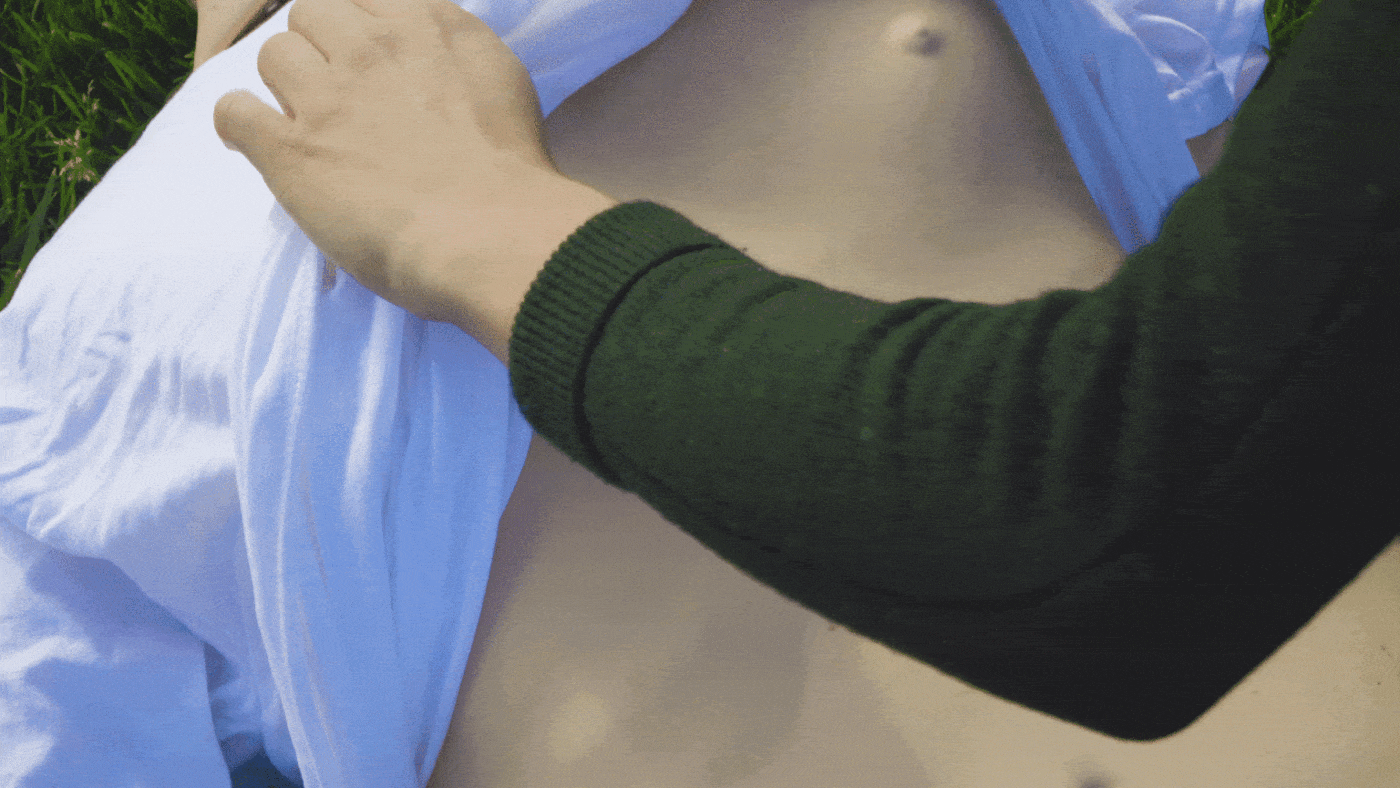No products in the cart.
Uncategorized
Aed Pads Placement
Automated External Defibrillator (AED) pads are an important part of a life-saving AED machine. They are used to help treat a condition called Sudden Cardiac Arrest (SCA), which can cause a person’s heart to stop beating. The pads are placed on the person’s bare chest to help the AED machine determine if the person’s heart needs a shock to restart it.
Types of AED Pad Placement
There are two main types of AED pad placement: one for adults and one for children. The pads for adults are placed on the upper right side of the person’s chest and the lower left side of the chest. For children, the pads are placed on the front and back of the child’s chest.
Anterior-Posterior and Anterior-Lateral Pad Placement
Common technical terms you will hear to describe defibrillator pad placement include “anterior-posterior” and “anterior-lateral.” Anterior means the front of the body, while posterior means the back of the body. Lateral means the sides of the body. For example, anterior-posterior placement involves placing one pad on the front of the chest and the other on the back, while anterior-lateral placement involves placing one pad on the right side of the chest and the other on the lower left side.

AED Pad Placement on Adults
The placement of AED pads is the same for all adults, regardless of gender or pregnancy. It’s important to check the owner’s manual of your AED for instructions on where to place the pads. If you can’t find the information in the manual, most AEDs have pictures printed directly on the electrode pads to show you where they should be placed on the body.

AED Pad Placement on Children
When it comes to placing AED pads on a child, there are some extra things to consider. It’s important to use pediatric pads or a pediatric key with adult pads, as adult pads can deliver too much energy for a child’s heart. The pads should be placed on the front and back of the child’s chest, following the anterior-posterior placement. It’s important to check the owner’s manual of your AED for specific instructions on pediatric pad placement.

FAQs
What are AED pads made of?
AED pads are made of plastic, metal, and a special sticky gel that helps deliver life-saving shocks to the patient’s body.
Can AED pads be reused?
No, AED pads are meant for single use only. After they have been used in an emergency or have expired, they need to be replaced. The expiration dates for AED pads can vary depending on the manufacturer. You can find more details about the cost, lifespan, and other information about different AED pads in our AED Electrode Pad Guide.
Can you use an AED on someone with a pacemaker?
AEDs can be used on patients who have a pacemaker, but it’s important not to place the AED’s electrode pads directly over the implanted pacemaker in the patient. Always refer to the user manual of your AED for more specific instructions and information.





